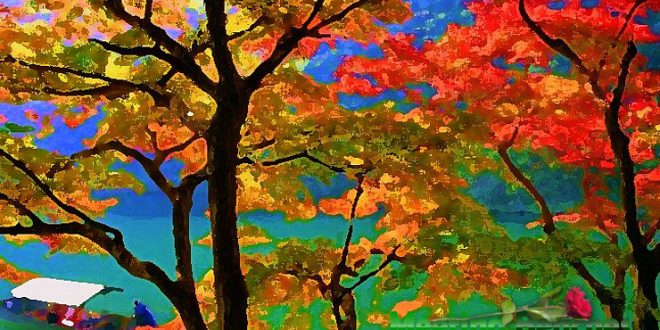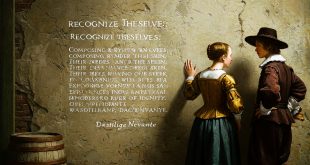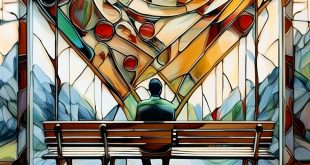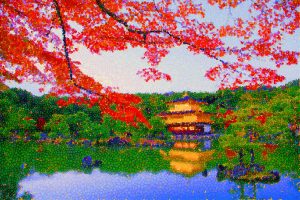 She used free verse to explore her interiority through imagery. In her poetry, the body becomes alien and threatening. Even with such a brief career, she was one of the most innovative avant-garde poets in early-twentieth-century Japan. She focused on mainstream poets, but her own poems were influenced by surrealism. She started studies to become an English teacher (but moved to Tokyo – at the age of seventeen – to join her brother). Chika Sagawa was one of the first female modernist poets in Japan. Not only. https://www.amazon.com/Collected-Poems-Chika-Sagawa/dp/0984947167 She was an esteemed member of the literary community surrounding Katue Kitasono. Her first publication was a translation of the Hungarian writer Molnár. She wrote in free verse, not haiku and her images were new.
She used free verse to explore her interiority through imagery. In her poetry, the body becomes alien and threatening. Even with such a brief career, she was one of the most innovative avant-garde poets in early-twentieth-century Japan. She focused on mainstream poets, but her own poems were influenced by surrealism. She started studies to become an English teacher (but moved to Tokyo – at the age of seventeen – to join her brother). Chika Sagawa was one of the first female modernist poets in Japan. Not only. https://www.amazon.com/Collected-Poems-Chika-Sagawa/dp/0984947167 She was an esteemed member of the literary community surrounding Katue Kitasono. Her first publication was a translation of the Hungarian writer Molnár. She wrote in free verse, not haiku and her images were new.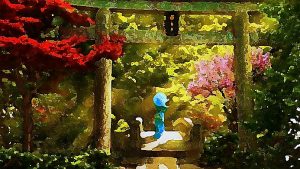
MY PICTURE – Because the phone rang suddenly the villagers were surprised. So does this mean that we must relocate. The village mayor panicked and removed his blue jacket. Yes, mother’s allowance chart was indeed correct. So long, blue village! The summer, again, chased after them like a river. The rooster with the red chapeau disembarked at a deserted station.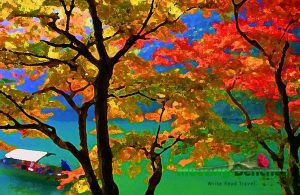
OCEAN ANGEL – The cradle rings loudly. A spray shoots up, as if stripping off feathers. I wait for the return of those who sleep. Music marks the bright hour. I try to protest, raising my voice. The waves come erase it from behind. I was abandoned in the ocean.
AFTERNOON – Raining like flower petals. Hit by a heavy weight, insects descend the tree shade. Gathering at the mast wall, trailing a faint breeze. Sounds are killed by the sun, the waves. My skeleton places white flowers upon it. Interrupted by thoughts, fish climb the cliff.
To pursue this issue, you can digit: http://meetingbenches.com/2017/03/inners-japanese-landscapes/
The intellectual property of the images that appear in this blog correspond to their authors. The sole purpose of this site, is to spread the knowledge of these painters and that other people enjoy their works.
 Meeting Benches World art in all forms
Meeting Benches World art in all forms
